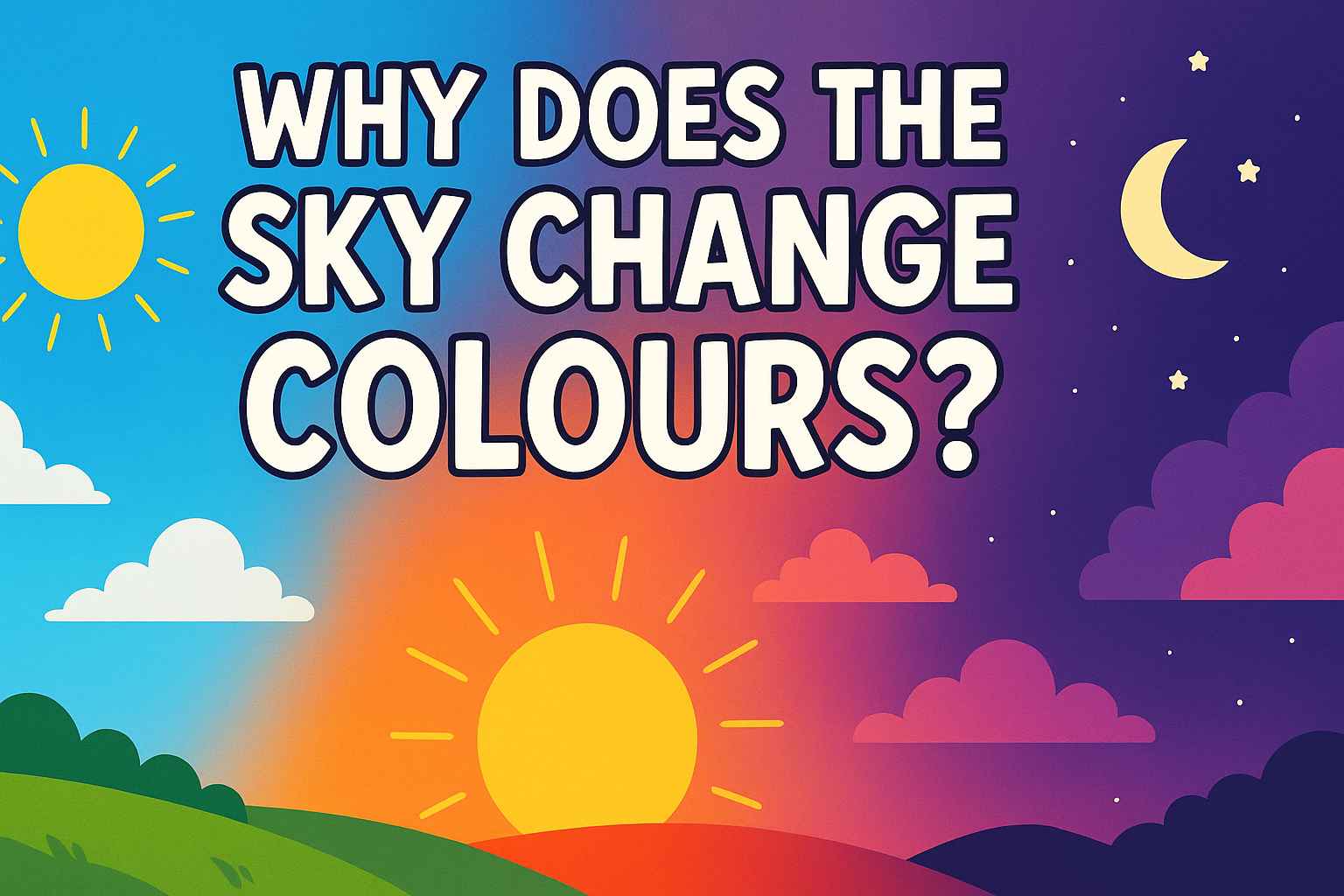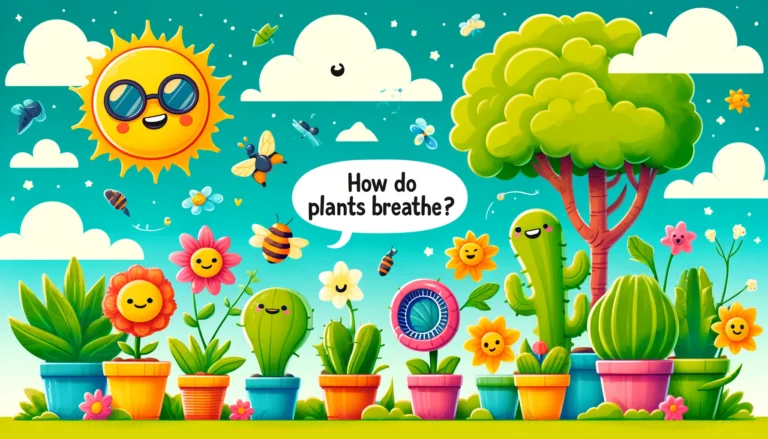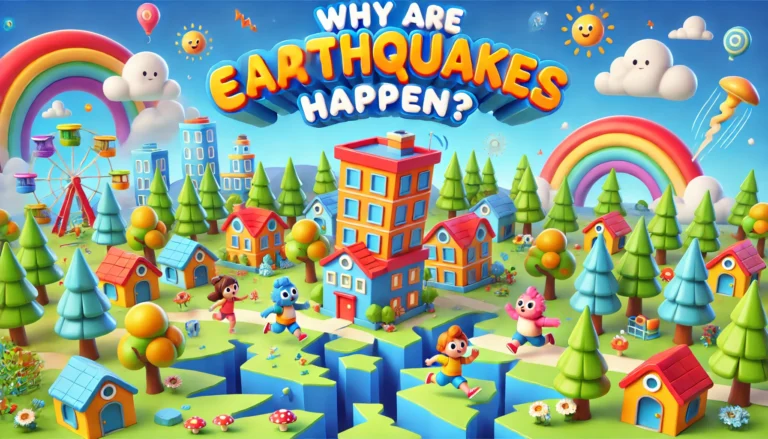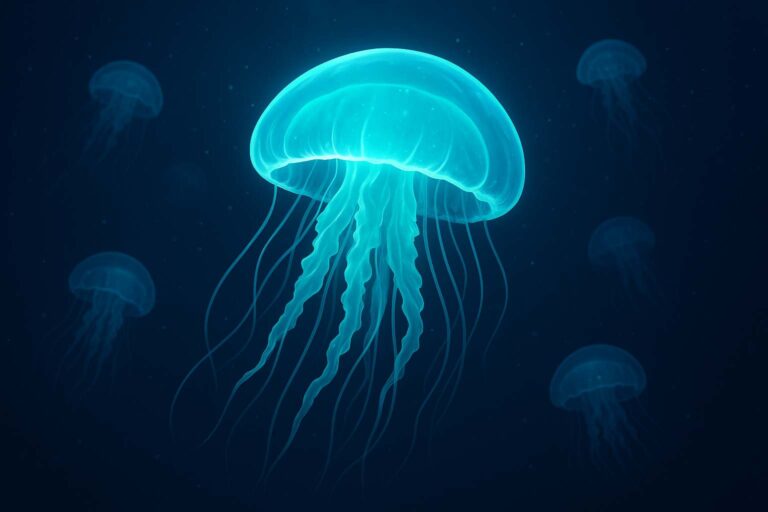
A “Science Around Us” Story for Curious Kids
Have you ever watched the sky in the morning, afternoon, and evening and noticed it’s never exactly the same? Sometimes it’s a bright, happy blue. Sometimes it’s a fiery orange, soft pink, or royal purple. And at night, it becomes a deep black sprinkled with stars.
So… what’s going on up there? Is the sky some kind of giant mood ring? Let’s find out together! 🚀
The Invisible Artist in the Sky 🎨
The atmosphere (the blanket of gases around Earth) is actually colourless — but sunlight is like an invisible artist’s paintbrush that colours it.
Sunlight looks white to our eyes, but it’s actually made of seven colours — red, orange, yellow, green, blue, indigo, and violet — just like in a rainbow. Scientists call this set of colours VIBGYOR.
Why Is the Sky Blue?
When sunlight enters Earth’s atmosphere, it bumps into tiny gas molecules and floating dust. This causes a special light trick called Rayleigh scattering.
Here’s the science magic:
- Blue light waves are shorter than most other colours, so they scatter in all directions much more.
- Red and orange light waves are longer, so they pass through the air more easily without scattering much.
This is why during the day, our eyes see mostly blue light coming from every part of the sky.
💡 Fun Science Fact: If Earth had no atmosphere, the sky would be black — even in the daytime — just like in space!
Why Not Violet?
You might be thinking: “Hey, violet has an even shorter wavelength than blue… shouldn’t the sky be violet?”
Good question! The truth is:
- The Sun gives off more blue light than violet.
- Our eyes aren’t very good at seeing violet light, but they’re super good at detecting blue.
So even though the sky actually scatters violet light too, we see it as blue.
Why Does the Sky Turn Orange and Red at Sunset or Sunrise?
When the Sun is near the horizon in the early morning or late evening, sunlight has to travel through more air to reach you.
On this longer journey:
- The short-wavelength colours (blue, violet) scatter away before they reach your eyes.
- The longer wavelengths (red, orange, yellow) remain and paint the sky in warm shades.
The more particles, dust, or clouds in the air, the richer and deeper these sunset colours can get.
💡 Fun Science Fact: On Mars, the sky looks reddish during the day… and blue at sunset — the opposite of Earth!
Pink, Purple, and Other Sky Surprises
Sometimes, just the right mix of scattered blue light and remaining red light can blend into pink or purple skies. This happens more often when there are tiny particles or water droplets in the air to help mix the colours.
What Colour Is the Sun?
Although it often looks yellow from Earth, the Sun’s light actually contains all seven colours of the rainbow. When combined, they make white light. So in space, the Sun appears white!
What About Other Planets?
Rayleigh scattering doesn’t just happen on Earth:
- Venus — Thick atmosphere, lots of sunlight → orange skies.
- Mars — Thin atmosphere with dust → yellowish skies by day, blue sunsets.
- Moon or Mercury — No real atmosphere → black sky even during the day.
Mini Sky Quiz 🌟
- What is sunlight actually made of?
a) Just yellow light
b) Many colours like a rainbow ✅ - Why does the sky look blue?
a) Because it reflects the ocean
b) Because blue light scatters more ✅ - What colours do we see at sunset and sunrise?
a) Red and orange ✅
b) Green and blue
In a Nutshell
The sky’s colours come from sunlight + atmosphere + scattering. During the day, short blue waves scatter more, so we see blue. During sunrise and sunset, blue is scattered away, letting reds and oranges take over.
So next time you look up, remember: you’re watching Earth’s own daily light show, powered by physics and painted by the Sun! 🌞🎨






